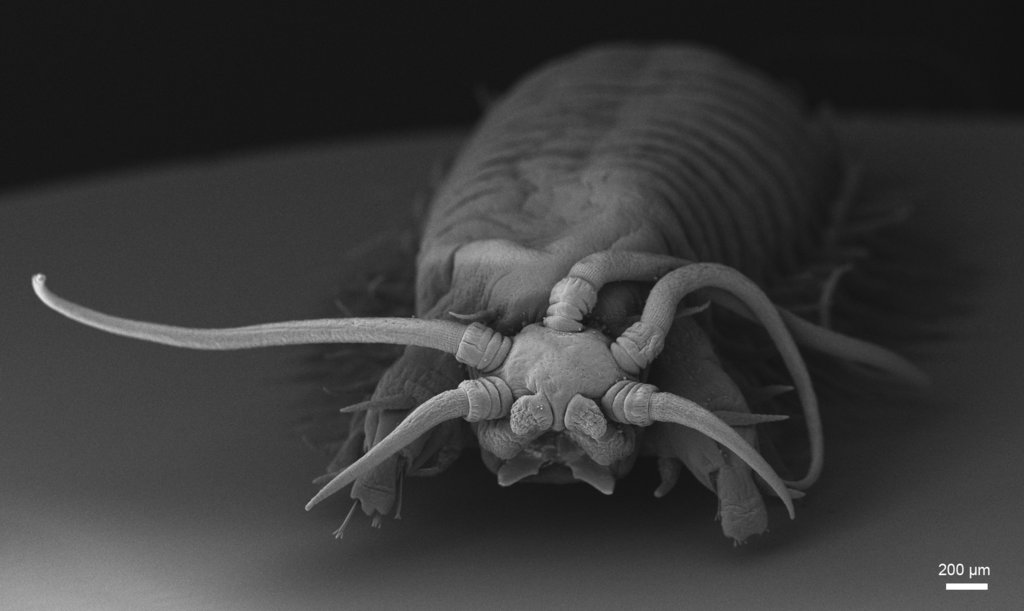The answer is, of course, “we don’t know”. But we *can* say that Australian polychaete fauna is largely undescribed. As an example, 91 new species and 67 new records of polychaete worms were found in the vicinity of a single small island at Great Barrier Reef as a result of a joint effort of 16 polychaete experts that spent two weeks at the Lizard Island Research Station of the Australian Museum in 2013.
Not only the Great Barrier Reef polychaete fauna is poorly studied, various areas of Australian east coast apparently also have numerous undescribed species especially in the deeper waters. Here you can see few examples of recently described new species of bristle worms from Australian.
Suggested reading:
Special Volume Zootaxa 4019 (Open Access) Coral reef-associated fauna of Lizard Island, Great Barrier Reef: polychaetes and allies http://www.mapress.com/zootaxa/list/2015/4019(1).html
Alvestad T., Budaeva N. 2015. Neosabellides lizae, a new species of Ampharetidae (Annelida) from Lizard Island, Great Barrier Reef, Australia. Zootaxa, 4019: 61–69. http://dx.doi.org/10.11646/zootaxa.4019.1.6
Paxton H., Budaeva N. 2015. Minibrachium, a new subgenus of Rhamphobrachium (Annelida: Onuphidae) from Australia with the description of three new species. Zootaxa, 4019: 621–634. http://dx.doi.org/10.11646/zootaxa.4019.1.21
Budaeva N., Paxton. H. 2013. Nothria and Anchinothria (Annelida: Onuphidae) from Eastern Australian waters with a discussion of ontogenetic variation of diagnostic characters. Journal of the Marine Biological Association of the UK, 93: 1481–1502. http://dx.doi.org/10.1017/S0025315412001956
Paxton H., Budaeva N. 2013. Paradiopatra (Annelida: Onuphidae) from eastern Australian waters, with the description of six new species. Zootaxa, 3686: 140–164. http://dx.doi.org/10.11646/zootaxa.3686.2.2
Nataliya Budaeva’s web page: http://nataliyabudaeva.wix.com/nataliyabudaeva
-Nataliya







